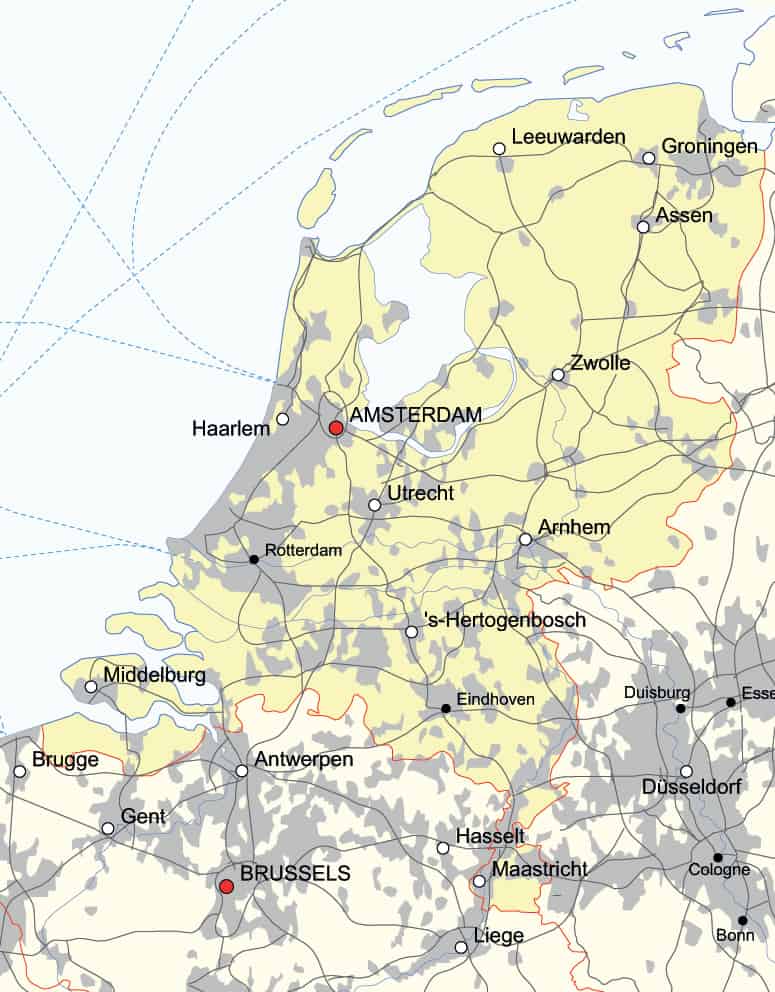
The Netherlands spends less on research and development (R&D) compared to surrounding countries, TNO reports in a press release. Countries like Germany and Belgium have consistently increased R&D spending over the past 20 years, while the Netherlands’ growth has lagged behind. According to recent figures, the Netherlands’ R&D spending in 2022 was 2.3% GDP, more than EUR 6.7 billion below the EU target of 3% GDP. So writes TNO in a publication mapping the R&D spending of the Netherlands, Germany and Belgium from 2000 onwards. The researchers warn that Dutch R&D spending will fall if the National Growth Fund is abolished. Good for around 0.2% additional annual public R&D funding.
Why you need to know this:
Achieving R&D investment can have an impact on the competitiveness and innovation strength of the Netherlands.
In Germany, the R&D rate is now 3.1% and in Belgium 3.5%. By actively focusing on increasing R&D spending over the past 20 years, both Belgium and Germany have met the EU target by 2019 and 2016 respectively (see Figure 1).

The difference in development between the Netherlands and Belgium is particularly striking. Whereas both countries spent around 2% GDP on R&D at the turn of the century, Belgium does show steady growth since 2005. For the Netherlands, the picture is more volatile – from a decline to an increase to a longer stabilisation. In the years following the outbreak of the financial crisis in 2008 and the subsequent major recession and euro crisis, it can be seen that the three neighbouring countries made different choices regarding R&D investment.
National growth fund
A significant part of the increase in Dutch R&D spending in recent years has to do with the National Growth Fund (NGF). The NGF is currently the main instrument for long-term thematic public-private innovation investments. On average, this fund provides around 0.2% of GDP annually in additional public R&D funding. In the absence of additional policies, contributions from it risk drying up from 2025/2026 onwards. This poses a risk to the Netherlands’ future earning capacity, as this spending stimulates new businesses, grows existing ones and contributes to the creation of wealth and welfare.

The Tweede Kamer will soon meet to discuss the future of the National Growth Fund, which is under pressure from a majority in Dutch politics. The fund is essential to realise long-term investments in innovations and thus sustainable earning power. Thanks to the National Growth Fund, funds will become available this year to invest in many new technologies that are important for earning capacity, strategic autonomy and energy transition.








